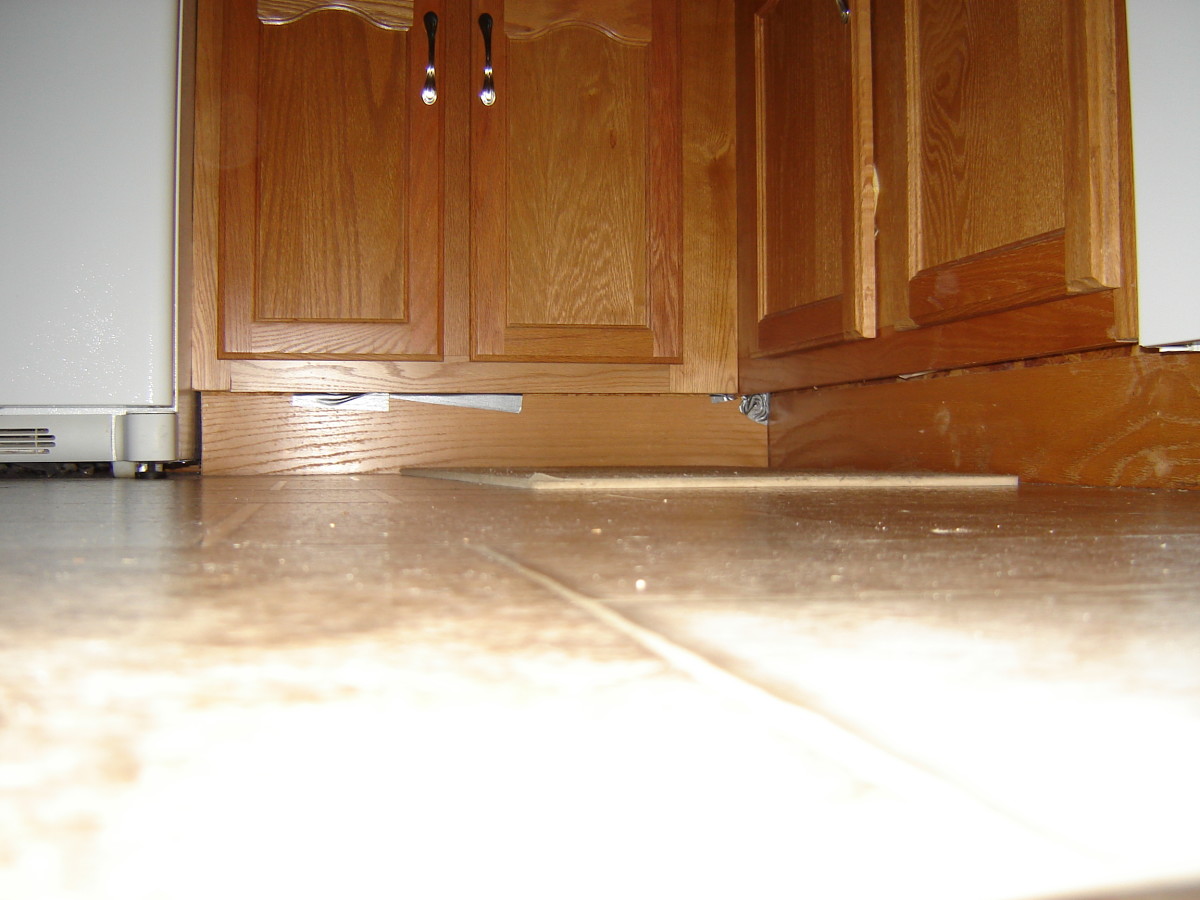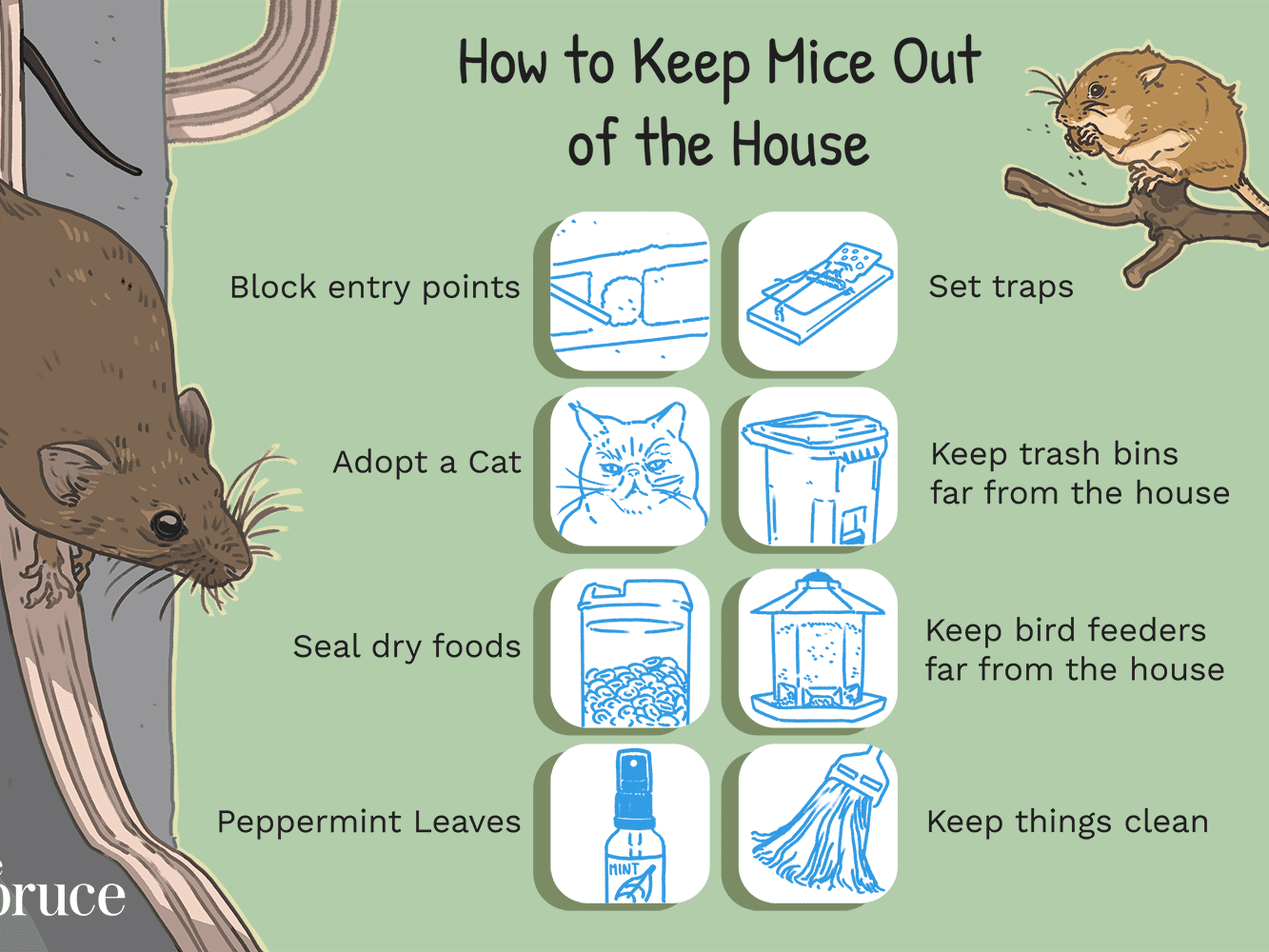Understanding Mouse Behavior and Entry Points

Mice are attracted to kitchens for the same reasons we are: food, water, and shelter. They are particularly drawn to kitchens because they offer a readily available source of food, a warm and comfortable environment, and easy access to water.
Mouse proof kitchen cabinets –
Mice are small and agile creatures that can squeeze through surprisingly small openings. They can enter kitchens through a variety of entry points, including:
Common Entry Points
Knowing the typical entry points mice use to access kitchen cabinets is crucial for preventing infestations.
You’ve got your mouse-proof kitchen cabinets, but let’s face it, sometimes you want a little more flair. Maybe you’re dreaming of a kitchen that whispers “sophistication” and “elegance” – like those stunning chantilly lace kitchen cabinets. But remember, even the most beautiful cabinets won’t stop a determined rodent.
So, while you’re admiring those intricate details, keep a watchful eye on those pantry shelves!
- Gaps around pipes and wires: Mice can easily squeeze through small gaps around pipes and wires that enter the kitchen from the outside.
- Cracks and holes in walls: Cracks and holes in the walls, especially around windows and doors, provide easy access for mice.
- Openings under cabinets: The space under cabinets often provides a convenient entry point, especially if there are gaps or openings in the floorboards.
- Loose fitting doors and windows: Doors and windows that don’t seal properly can allow mice to enter the kitchen.
- Damaged screens: Torn or damaged screens on windows and doors can provide a pathway for mice.
- Openings around vents: Vents and other openings in the walls can also serve as entry points.
Identifying Potential Entry Points, Mouse proof kitchen cabinets
Inspecting your kitchen cabinets for potential entry points is a crucial step in preventing a mouse infestation.
Trying to keep those pesky rodents out of your kitchen cabinets? You’re not alone! But before you start sealing up every nook and cranny, remember that even the best mouse-proof cabinets can be susceptible to the dreaded “rustoleum top coat” issue.
Check out this article for some tips on avoiding those sticky, uneven finishes. Once you’ve got those cabinets looking their best, you can finally focus on keeping those little critters at bay!
- Look for small holes or gaps: Check for any small holes or gaps in the walls, floorboards, or around pipes and wires.
- Inspect the base of the cabinets: Pay attention to the space under the cabinets and look for any gaps or openings in the floorboards.
- Examine the doors and windows: Check if the doors and windows are properly sealed and look for any cracks or gaps.
- Check the screens: Inspect the screens on your windows and doors for any tears or damage.
- Look for signs of mouse activity: Look for droppings, gnawing marks, or tracks.
Mouse-Proofing Kitchen Cabinets

Now that you understand mouse behavior and entry points, let’s dive into the practical steps of mouse-proofing your kitchen cabinets. This process involves sealing potential entry points and creating a barrier that prevents mice from accessing your food and belongings.
Materials and Tools
To effectively mouse-proof your kitchen cabinets, you’ll need a few essential materials and tools. Here’s a comprehensive list:
- Steel wool: This is a crucial material for filling gaps and cracks. Steel wool is tough enough to deter mice from chewing through it, making it a reliable barrier.
- Caulk: Choose a high-quality, paintable caulk that is specifically designed for sealing gaps and cracks. It should be flexible and durable to withstand the test of time.
- Copper mesh: This fine mesh material can be used to cover vents and other openings, preventing mice from entering while allowing air circulation.
- Screwdriver: This is essential for removing and reattaching cabinet doors and drawers, allowing you to access potential entry points.
- Utility knife: This will be useful for trimming excess caulk and steel wool for a neat finish.
- Work gloves: Protect your hands from sharp objects and potential debris while working.
- Flashlight: This will help you illuminate dark areas and identify potential entry points.
- Vacuum cleaner: A vacuum cleaner with a crevice tool is helpful for cleaning up debris and dust before sealing any gaps.
Sealing Potential Entry Points
Once you have gathered your materials and tools, it’s time to start sealing potential entry points. Here’s a step-by-step guide:
- Inspect the cabinets thoroughly: Look for any gaps, cracks, or holes around cabinet doors, drawers, and baseboards. Pay close attention to areas where pipes or wires enter the cabinets.
- Clean the areas to be sealed: Use a vacuum cleaner to remove any debris or dust from the areas where you’ll be applying caulk or steel wool.
- Fill gaps and cracks with steel wool: Stuff steel wool into any gaps or cracks you find. This will create a physical barrier that mice cannot chew through.
- Apply caulk: Use caulk to seal any remaining gaps or cracks, especially around cabinet doors, drawers, and baseboards. Apply caulk in a smooth, continuous bead, ensuring a complete seal.
- Secure copper mesh: Use copper mesh to cover vents and other openings, preventing mice from entering while allowing air circulation. Secure the mesh with screws or nails.
- Inspect your work: After completing the sealing process, thoroughly inspect your work to ensure that all potential entry points are sealed.
Visual Guide
Imagine a visual guide depicting common mouse entry points and their solutions. For instance, a diagram could show:
- Gaps around cabinet doors: A visual representation of gaps around cabinet doors, with steel wool stuffed in the gaps and caulk applied to create a complete seal.
- Cracks in baseboards: A depiction of cracks in baseboards, filled with steel wool and sealed with caulk.
- Holes around pipes and wires: A diagram illustrating holes around pipes and wires, sealed with steel wool and caulk.
- Vents covered with copper mesh: A visual representation of vents covered with copper mesh, allowing air circulation while preventing mice from entering.
Maintaining a Mouse-Free Kitchen: Mouse Proof Kitchen Cabinets

After successfully mouse-proofing your kitchen cabinets, the next step is to maintain a mouse-free environment. This involves implementing ongoing preventive measures and adhering to a strict sanitation routine. By consistently implementing these strategies, you can significantly reduce the risk of a mouse infestation.
Regular Cleaning and Sanitation
Regular cleaning and sanitation are crucial in preventing mouse infestations. Mice are attracted to food scraps, spills, and crumbs, which provide them with a readily available food source. A clean kitchen environment makes it less appealing for mice to enter.
- Clean up spills and crumbs immediately. Even small spills can attract mice, so it’s essential to clean them up as soon as they occur. Use a damp cloth or paper towels to wipe up any spills, and be sure to sweep or vacuum any crumbs that have fallen on the floor.
- Empty trash cans regularly. Trash cans are a prime source of food for mice. Empty them frequently, especially if they contain food scraps or other items that could attract rodents.
- Wash dishes promptly. Dirty dishes can attract mice, so it’s important to wash them promptly. If you can’t wash them right away, put them in the dishwasher or cover them tightly.
- Store food in airtight containers. Food should be stored in airtight containers to prevent mice from accessing it. This includes all types of food, including dry goods, cereal, and pet food.
- Clean the refrigerator and pantry regularly. The refrigerator and pantry are often overlooked areas when it comes to cleaning. It’s important to clean them regularly to remove any spills, crumbs, or other food sources that could attract mice.
Preventive Measures
Preventive measures play a vital role in discouraging mice from entering your kitchen cabinets. By taking steps to seal entry points and eliminate potential attractants, you can create a less hospitable environment for mice.
- Seal cracks and crevices. Mice can squeeze through very small openings, so it’s important to seal any cracks or crevices in your kitchen. Use caulk, steel wool, or other materials to fill in any gaps.
- Keep your kitchen free of clutter. Clutter provides mice with hiding places and makes it more difficult to clean. Store items in containers or on shelves, and keep your kitchen countertops clear.
- Trim trees and bushes near your house. Trees and bushes can provide mice with access to your home. Trim them back regularly to reduce the risk of mice entering your kitchen.
- Use traps or poison. If you have a mouse infestation, you may need to use traps or poison to eliminate the mice. Be sure to follow the instructions carefully and store traps and poison out of reach of children and pets.
Essential Checklist for a Mouse-Free Kitchen
To maintain a mouse-free kitchen, it’s essential to establish a routine that incorporates the following key steps:
- Clean up spills and crumbs immediately.
- Empty trash cans regularly.
- Wash dishes promptly.
- Store food in airtight containers.
- Clean the refrigerator and pantry regularly.
- Seal cracks and crevices.
- Keep your kitchen free of clutter.
- Trim trees and bushes near your house.
- Use traps or poison if necessary.
